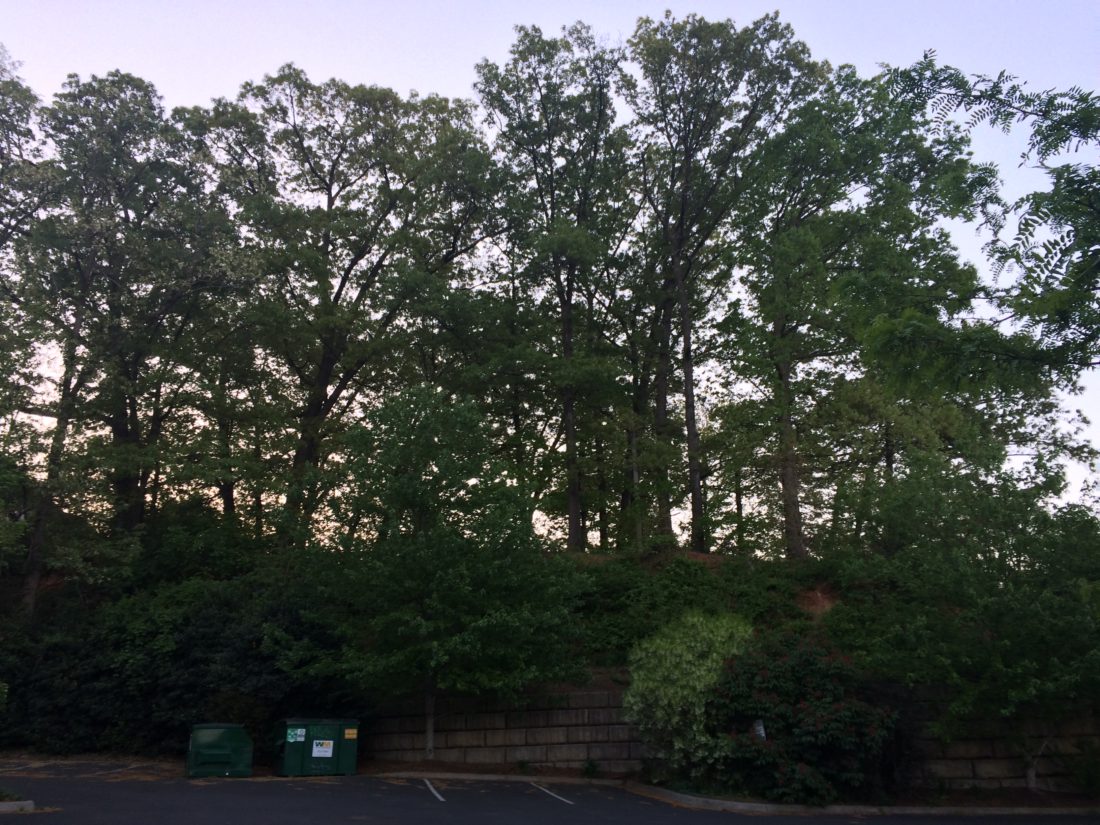At its Sept. 8 meeting, members of the Asheville City Council unanimously approved three amendments to Asheville’s Unified Development Ordinance to require tree preservation in commercial and residential areas.
According to an Urban Tree Canopy Study prepared for the city in October, Asheville lost 6.4% of its tree cover between 2008 and 2018, making the area more prone to high surface temperatures and flooding associated with climate change.
The new amendments, first presented at Council’s meeting of Aug. 25, outline how much canopy cover sites must include and add measures to incentivize preservation over new growth. Developers will also have the option to pay a fee-in-lieu if they cannot or choose not to comply with the canopy cover requirements.
Three community members encouraged members to adopt the proposed protections during the Aug. 25 public hearing. Because North Carolina’s virtual meeting procedures require emailed public comments to be accepted up to 24 hours after the close of a public hearing, Council did not formally vote on the proposals until last week.
“Voters deserve adaptations that promote sustainability and lead to the ultimate goal of net-zero tree canopy loss,” said longtime tree advocate Dixie Deerman during Council’s Aug. 25 meeting. “We ask you to nurture our tourist-luring tree canopy, protect the trees that remain and encourage planting to restore tree loss to irresponsible building practice. Enable Asheville trees to be full, green and relevant for generations to come.”




Be sure to let the vegetation grow thick, so when climate change catches up here, the mountains become an inferno like california.
https://www.npr.org/2020/08/24/899422710/to-manage-wildfire-california-looks-to-what-tribes-have-known-all-along
https://en.wikipedia.org/wiki/Native_American_use_of_fire_in_ecosystems
Having witnessed considerable tree/vegetation loss over the past year,i would ask,what percent of the loss has been at the hands of Duke Power,and to a lesser extent,DOT( I-26 corridor). Before approaching the General Assembly to raise rates,Duke Power, assembled a Rambeau assault beneath power lines that were virtual clear cuts that included dogwoods, hydrangea, forsythia and other landscape perrenials. This was followed by contractors with toxic herbicides spraying private lands of anything green left standing,carried out in fall just before frost, a strategy to make the action less distinguishable from normal fall dieback. Duke power is currently sending out notifications expanding their right of way to 50 feet for taller trees,in addition to the 30 ft that supposedly exempted dogwoods and rhododendrum,vegetaion shorter than 20 foot. Has anyone taken a look at Duke powers actions over the past few years regarding canopy loss?